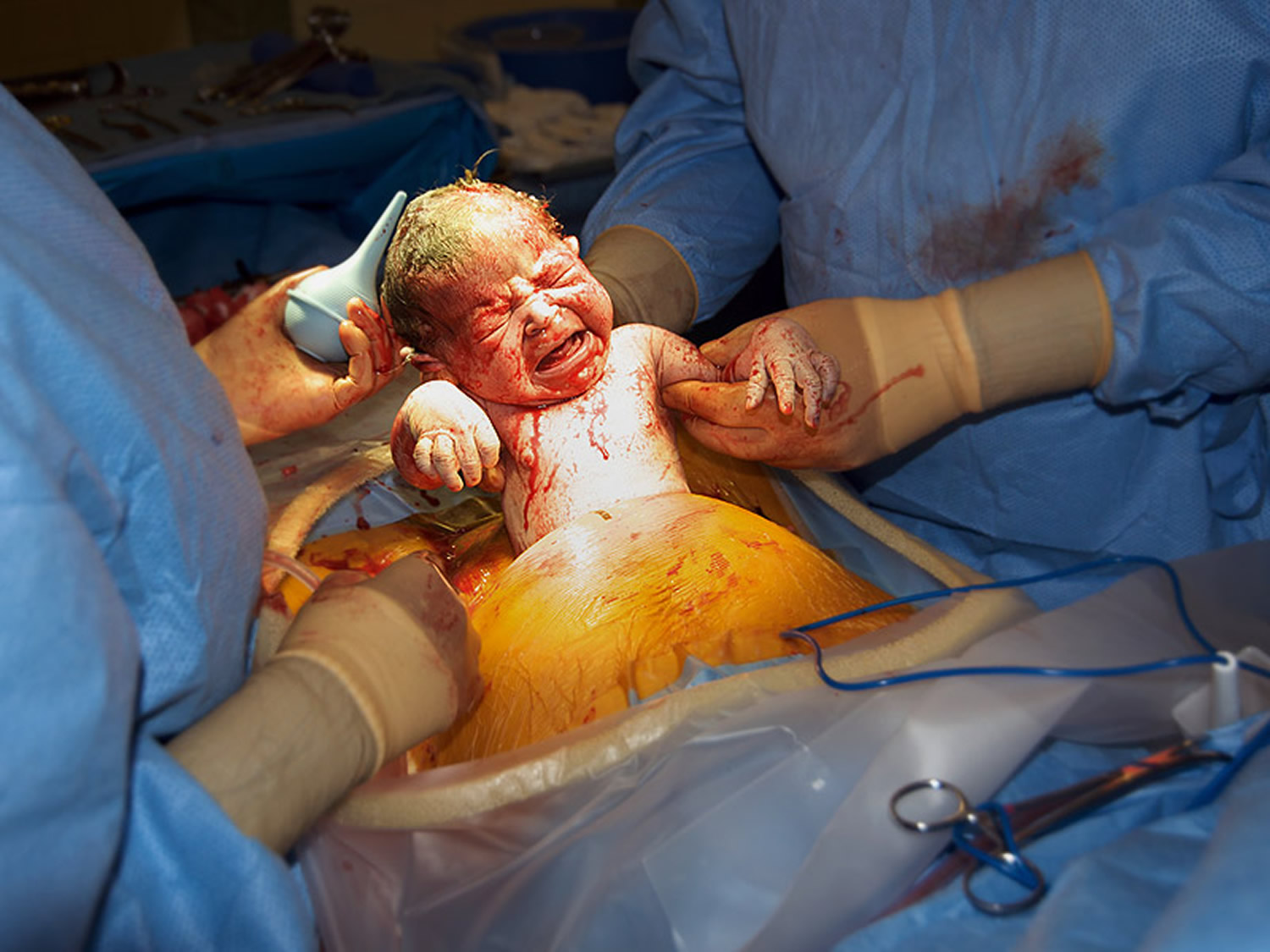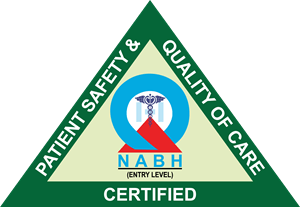Cesarean Surgery
What is a C-section?
A C-segment, likewise called a cesarean area or cesarean conveyance, is a surgery where a child is conveyed through entry points in your mid-region and uterus. They’re performed when a vaginal conveyance is unimaginable or safe or when the strength of you or your child is in danger.Crisis C-segments follow similar advances; notwithstanding, the speed at which your child is eliminated is unique. During an arranged C-segment, the conveyance takes around 10 to 15 minutes. Your supplier stops your child in almost no time in a crisis C-segment.

Are C-sections safe?
Vaginal births are generally liked; however, sometimes, a C-segment is the safest choice. For instance, a C-segment is a more secure choice when your child is breech or you have placenta previa (the placenta covers part of the cervix). A C-segment conveys dangers and advantages, which should be examined with your pregnancy care supplier.
An average C-section lasts 45 minutes from beginning to end. After your baby is delivered, your healthcare practitioner will stitch your uterus and close the abdominal incision. Various emergencies might happen during delivery. In some circumstances, your baby can be delivered in as little as 15 minutes. This C-section is necessary right now.
Like vaginal births, your obstetrician will convey the placenta after your child is conceived. Then, your supplier will line your uterus and join or staple your abs. It would be ideal for lines to disintegrate; however, staples are eliminated at the clinic around a multi-week after the fact. Your mid-region will be sore for a few days or weeks. Now and again, your supplier might recommend a more grounded torment prescription. You can hope to restrict your exercise, relax and depend on loved ones once you return home. A run-of-the-mill C-segment, a medical procedure, expects no less than a few days in the medical clinic.
The benefits of a C-segment rely upon your pregnancy. As a rule, the most significant advantage of a C-segment is that it’s more secure for both you and your child. When a vaginal birth is dangerous or could hurt your child, most suppliers will go to a C-segment to limit gambles. In some cases, C-segments are impromptu. For instance, assuming your child’s pulse drops to a dangerous level, a crisis C-segment is more secure than allowing your child’s heart rate to decline further.

